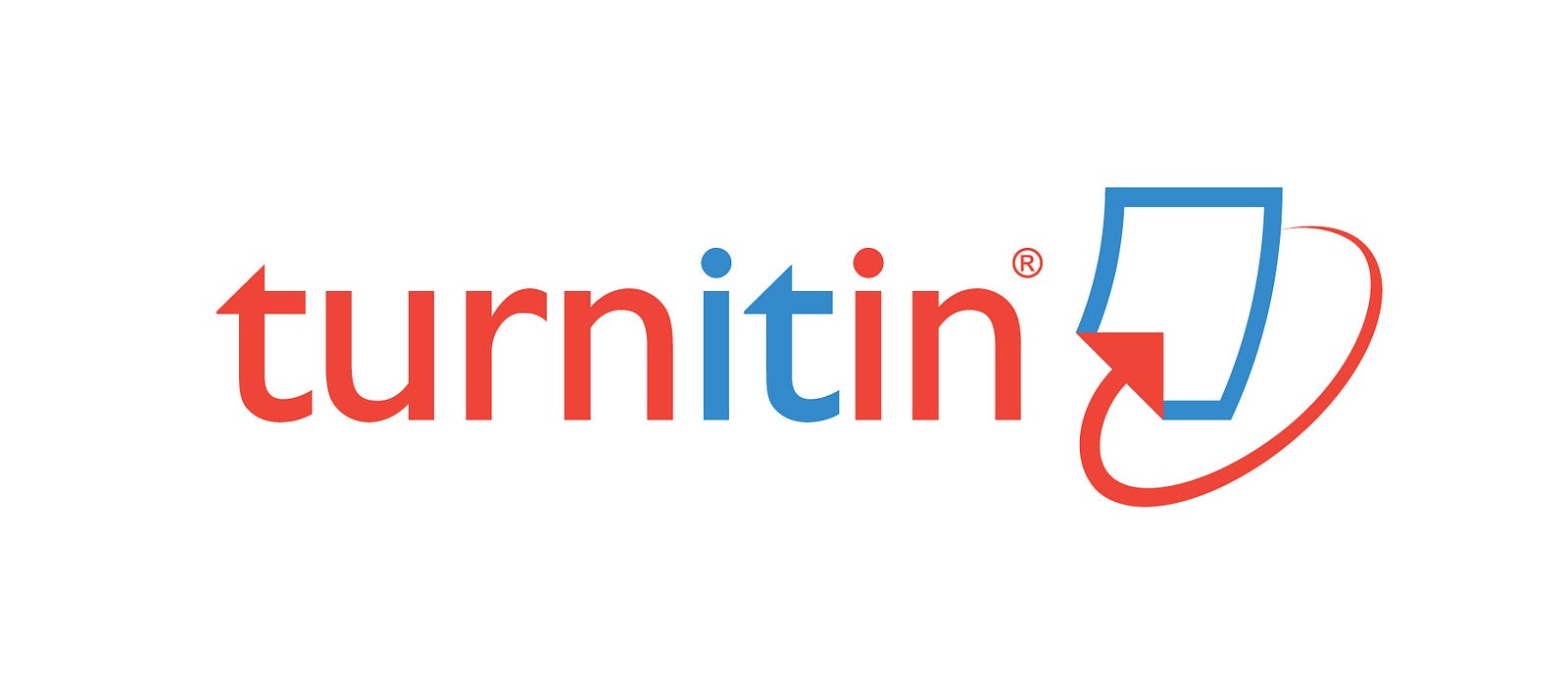Service quality analysis on customer satisfaction at Mojolaban Community Health Center
Abstract
Abstrak: Penelitian ini bertujuan untuk mengetahui: (1) menganalisis dimensi yang perlu diperbaiki untuk meningkatkan kepuasan pelanggan berdasarkan IGA, (2) menganalisis Tingkat kepuasan pasien terhadap dimensi kualitas playanan di Puskesmas Mojolaban berdasarkan CSI, (3) menganalisis Upaya Puskesmas Mojolaban dalam meningkatkan kualitas pelayanan untuk mencapai kepuasan pelanggan. Penelitian ini menggunakan pendekatan kuantitatif deskriptif dengan pengumpulan data menggunakan metode survei melalui kuesioner. Teknik pengambilan sampel yang digunakan adalah non probability sampling dengan teknik incidental sampling. Adapun sampel yang digunakan dalam penelitian ini berjumlah 80 responden di Puskesmas Mojolaban. Pengumpulan data dilakukan dengan angket dan wawancara. Teknik analisis data yang digunakan yaitu Improvement Gap Analysis (IGA) dan Customer Satisfaction Index (CSI). Hasil Penelitian ini, melalui metode IGA, terdapat tiga atribut yang perlu diperbaiki oleh Puskesmas Mojolaban yaitu dua atribut Reliability (H1 dan H3) dan satu atribut Tangible (F1). Dengan metode CSI, secara keseluruhan didapatkan hasil kepuasan pasien Puseksmas Mojolaban termasuk dalam kategori “Kurang Puas”. Upaya atau rencana tindak lanjut yang dilakukan Puskesmas Mojolaban adalah melakukan perbaikan pada 3 prioritas perbaikan layanan, yaitu terkait 1) Waktu Pelayanan; 2) Produk Pelayanan; dan 3) Persyaratan Pelayanan.
Kata kunci : indeks kepuasan konsumen; improvement gap analysis; kepuasan pelanggan; kualitas pelayanan; puskesmas
Abstract: This research aims to determine: (1) analyze the dimensions that need to be improved to increase customer satisfaction based on IGA, (2) analyze the level of patient satisfaction towards the quality of service dimensions at Mojolaban Health Center based on CSI, (3) analyze the efforts of Mojolaban Health Center in improving the quality of services to achieve customer satisfaction. This study uses a quantitative descriptive approach. This research is a quantitative descriptive study with data collection using survey methods through questionnaires. The sampling technique used is non-probability sampling with incidental sampling technique. The sample used in this study consisted of 30 customer respondents at Mojolaban Health Center. Data collection was done by questionnaire and interview. The data analysis technique used is Improvement Gap Analysis (IGA) and Customer Satisfaction Index (CSI). The results of this study, through the IGA method, there are three attributes that need to be improved by the Mojolaban Health Center, namely two Reliability attributes (H1 and H3) and one Tangible attribute (F1). With the CSI method, overall the results of patient satisfaction at the Mojolaban Health Center are included in the "Less Satisfied" category. The improvement or follow-up plans made by the Mojolaban Health Center are to make improvements to 3 service improvement priorities, namely related to 1) Service Time; 2) Service Products; and 3) Service Requirements.
Keywords: customer satisfaction index; improvement gap analysis; customer satisfaction; service quality; community health center
Keywords
Full Text:
PDFReferences
Almansour, M., Alyami, M. H., Ali, F., & Alsulaiman, S. (2024). Accuracy comprehensive review of diagnostic accuracy in healthcare services. Journal of Ecohumanism, 3, 2339–2348. https://doi.org/10.62754/joe.v3i8.4978
Battini, B., Kandula, U. R., Murugesan, R., Inapagolla, S., & VijithaVinni, G. (2022). Medical equipment: A brief insight on commonly use-in all health care settings. International Journal of Advance Research in Medical Surgical Nursing, 4(2), 01–19. https://doi.org/10.33545/surgicalnursing.2022.v4.i2a.90
Dekker, M., Caris, M. G., Van Gunsteren, A. M., Van Mansfeld, R., Lucas, C., & Vandenbroucke-Grauls, C. M. J. E. (2017). Effectiveness of a behavioral approach to improve healthcare worker compliance with hospital dress code. Infection Control and Hospital Epidemiology, 38(12), 1435–1440. https://doi.org/10.1017/ice.2017.233
Fitriana, D., Florencia, D., & Tanto, D. (2014). Pengukuran kepuasan kontraktor terhadap kinerja klien pada proyek konstruksi swasta. Jurnal Karya Teknik Sipil, 3(1), 283–295.
Findari, W. S., & Nugroho, Y. A. (2019). Optimasi sistem antrian pada layanan kesehatan masyarakat menggunakan pendekatan simulasi. Jurnal Manajemen Industri Dan Logistik, 3(1), 14–22. https://doi.org/10.30988/jmil.v3i1.41
Hung, I. C., Chang, H. Y., Cheng, A., Chen, M. W., Chen, A. C., Ting, L., Lai, Y. H., Wang, J. T., Chen, Y. C., & Sheng, W. H. (2020). Implementation of human factors engineering approach to improve environmental cleaning and disinfection in a medical center. Antimicrobial Resistance and Infection Control, 9(1), 1–8. https://doi.org/10.1186/s13756-020-0677-1
Indrasari, M. (2019). Pemasaran dan kepuasan pelanggan. Unitomo Press.
Kotler, P., & Keller, K. L. (2016). Marketing management, business communication. Pearson.
Lovelock, J. W. C. (2022). Service marketing mix. In Encyclopedia of Tourism Management and Marketing. https://doi.org/10.4337/9781800377486.service.marketing.mix
Madiniah, S., Salas, H. J., & Hermansah, T. (2022). Strategi komunikasi efektif dalam meningkatkan pelayanan kesehatan guna membangun citra dan reputasi di masyarakat. Komsospol, 2(2), 62–73. https://doi.org/10.47637/komsospol.v2i2.1110
Mintarto, R. (2017). Analisis kualitas pelayanan pada ritel dengan pendekatan retail service quality scale (RSQS), customer satisfaction index (CSI) dan improvement gap analysis (IGA) (Master’s thesis). Universitas Islam Indonesia.
Papadopoulos, D., Karipoglou, G., Glykas, M., & Dima, T. (2024). Service quality in business excellence maturity assessment. In 9th International Scientific Business Conference LIMEN 2023 (pp. 51–58). https://doi.org/10.31410/LIMEN.2023.51
Richardson, B. (2014). Clinical examination is essential to reduce overdiagnosis and overtreatment. BMJ, 348. https://doi.org/10.1136/bmj.g2920
Roro, R., Soraya, A., & Suhud, U. (2024). The implementation of a customer relationship management system to improve BPJS patient satisfaction at Penjaringan Health Center. Journal of Economics Management and Trade, 30(12), 64–79.
Sari, E. K. (2019). Faktor-faktor yang mempengaruhi kualitas pelayanan terhadap kepuasan pasien di Rumah Sakit Umum Doloksanggul. Journal Information, 10, 1–16.
Sekretariat. (2023). Laporan survei kepuasan masyarakat Pemerintah Kabupaten Sukoharjo Semester I Tahun 2023.
Sugiyono. (2013). Metode penelitian kuantitatif dan kualitatif serta R&D (19th ed.). Alfabeta.
Tjiptono, F., & Diana, A. (2015). Pelanggan puas? Tak cukup! (Vol. 978). https://opac.perpusnas.go.id/DetailOpac.aspx?id=1172802
Tontini, G., & Picolo, J. D. (2010). Improvement gap analysis. In Managing Service Quality (Vol. 20, Issue 6). https://doi.org/10.1108/09604521011092893
Wijayanti, D., & Angelita, G. (2024). Interpersonal communication between medical personnel in persuading prospective patients to conducting MCU in the Medical Check Up Unit (Case Study at Moh Ridwan Meuraksa Class II Hospital). International Journal of Research and Innovation in Social Science, VII(XII). https://doi.org/10.47772/IJRISS.2024.8120194
Wiranto, I. (2022). Analisis kualitas pelayanan di Hotel Tiara Dengan Menggunakan Metode Service Quality (Servqual) dan Improvement Gap Analysis (IGA). Universitas Teuku Umar.
Refbacks
- There are currently no refbacks.









